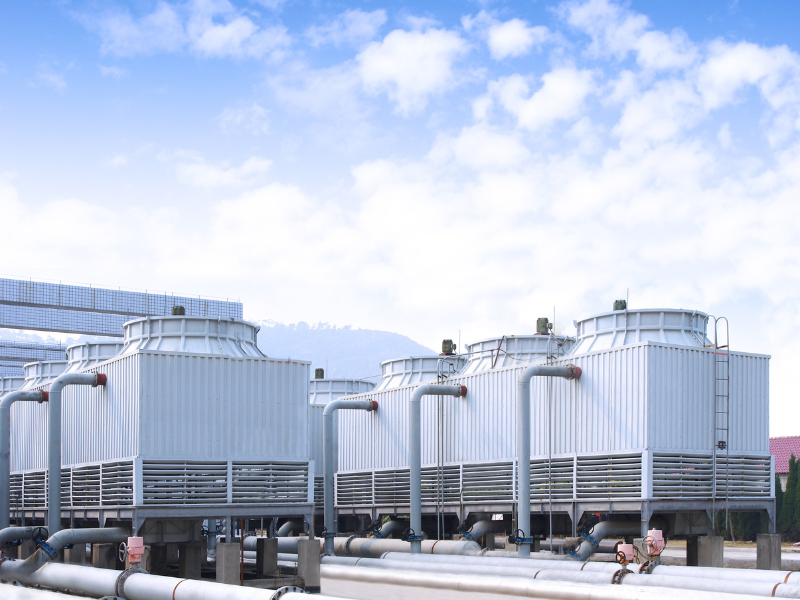A large hospital in the United States was using traditional cooling water treatment technologies, supplied by another water treatment provider, to control deposits and corrosion in their systems. The local water contains ions that create both corrosive and scaling conditions. Moreover, discharge limitations for phosphorous were becoming a higher concern due to tightening regulations. The hospital’s water treatment program needed to change to meet the new regulations. If the hospital did not change water chemistry, they could face substantial fines from local and state regulators. However, the hospital did not want to compromise their corrosion and scale control results that could lead to costly repairs, cleanings, and potential replacement of expensive equipment.
After performing a complete system survey, including a water analysis and computer modeling of the cooling water chemistry, Kurita was asked to suggest a comprehensive solution to meet discharge limits while providing scale and corrosion protection. With the phosphorus discharge limits in mind as well as conductivity, seasonal water changes, and other parameters. Then they developed a water cooling program to address the low phosphorous requirements and still protect the system from scale and corrosion.


The new low phosphorous treatment program was based on Kurita’s Tower NG product line. The Tower NG products were developed using a proprietary blend of unique technologies that provide excellent scale control and superior corrosion protection.
When the locally revised discharge regulations came into effect, the hospital was prepared with the updated cooling water treatment program, specifically using Tower NG for cooling water. The hospital met discharge limits while meeting internal sustainability goals and having excellent scale and corrosion results.
Kurita’s Tower NG has continued to prevent scale deposition and improve corrosion rates by 62 percent, which also extended the system asset life. Since the program was acid-free, it maintained a safe work environment and met the hospital’s environmental, health, and safety (EHS) requirements.
Due to Tower NG’s low dosage, 25 percent less inventory was consumed, which meant less chemical handling and a reduction in deliveries. This led to reduced freight costs and CO2 emissions. Most importantly, the site was able to meet discharge limitations and avoid discharge fines. The hospital continues to stay under one part per million of phosphorous in their discharged water with Kurita’s Tower NG and ongoing water treatment service, and quarterly corrosion coupon testing continues to show excellent results Kurita’s Tower NG technologies has helped put the hospital in a better position both environmentally and economically.


Hospital Reduces Corrosion Rates by 62% with Kurita’s Low Phosphorous Tower NG for Cooling Water

